Tesla FSD, why is it frequently hanged in China?
[car home Industry] On the road of intelligent automobiles, the autonomous driving system led by Tesla is undoubtedly the focus of global attention. Musk once said that the artificial intelligence created by Tesla is the most advanced in the world.
But in the China market, car companies and head autopilot companies have expressed their dissatisfaction. In response to Tesla, they put on a posture that they came from behind and the localization advantage was easy to defend and difficult to attack.
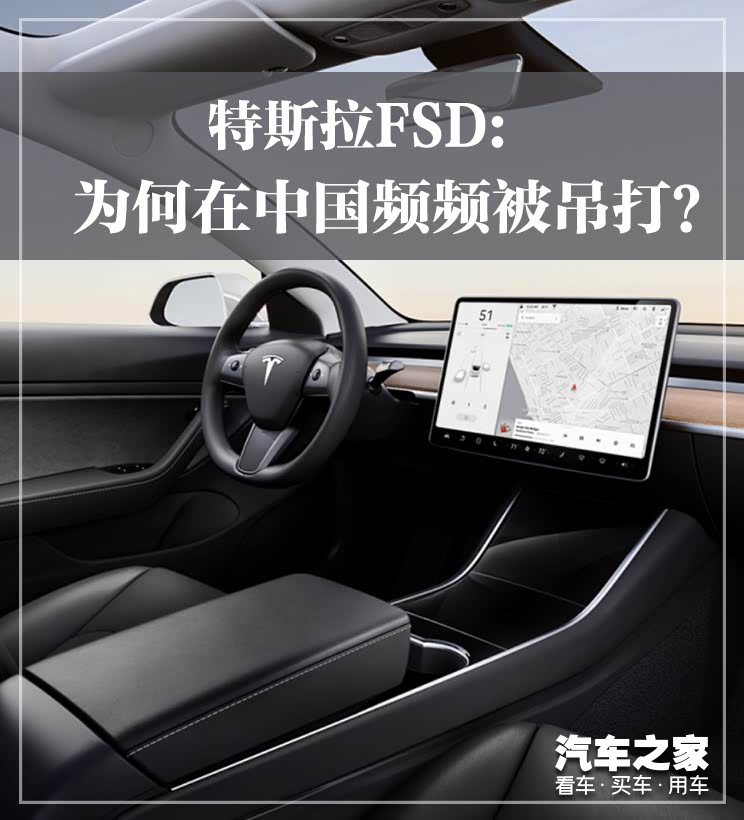
"In the city of NOH, the product strength of Millimeter is ahead of Tesla’s performance in China." A few days ago, Gu Weihao, CEO of Haomo Zhixing, announced at a press conference.
He Xiaopeng also said at the 2022 China Electric Vehicle committee of 100 Forum that "the city-level NGP effect pushed out this year will be better than the Tesla FSD effect to a considerable extent." In fact, He Xiaopeng shouted Tesla two years ago. "You have to be mentally prepared to be beaten by us."
Weimar recently released its L2 advanced driver assistance system, Living Pilot. Freeman Shen, chairman of Weimar Automobile, thinks that this system knows Chinese better than Tesla, which has already achieved fully automatic driving.
Earlier, Tamia Liu, co-CEO of Zhiji Automobile, also said in an interview with car home, "We admit that Tesla is leading the world in the field of autonomous driving, but Tesla is arrogant, and we are confident to create a better intelligent driving experience than Tesla."
Xiao Yong, deputy general manager of Guangzhou Automobile Aian New Energy Automobile Co., Ltd. declared that Guangzhou Automobile’s new energy products have surpassed Tesla in intelligent driving. He mentioned on many occasions, "Tesla is not a myth that cannot be broken. We can use it as a benchmark to surpass it."
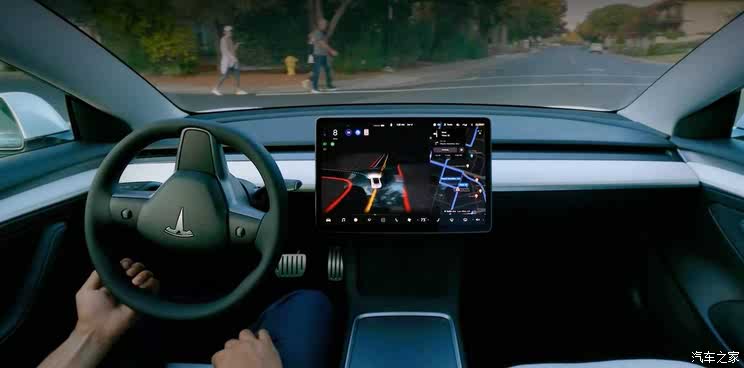
In the field of autonomous driving, Tesla has long been a radical representative. As early as April 2019, Tesla introduced FSD(Full Self-Driving) on the basis of Autopilot’s assisted driving function. Musk recently stressed that "the most urgent project in the short term is fully automatic driving, so that the automatic driving operation can solidly surpass the safety level of human driving. It can be done this year. "
Why is Tesla, which started earlier, has stronger R&D strength and higher self-driving level, frequently hanged in China? Is Tesla FSD really "hanged"?
■Tesla VS other car companies: a factional debate that is difficult to win or lose.
One of the arguments between Tesla and a number of China car companies on autonomous driving is the debate between pure visual perception and multi-sensor fusion perception.
Tesla is the main supporter of visual perception scheme. Tesla believes that the data collected by the camera is most similar to the real world perceived by the human eye and closer to the human driving pattern. When the visual perception is strong enough, other sensors are meaningless.
However, domestic car companies basically take the multi-sensor fusion sensing route. They believe that the camera is easily affected by light, weather and other factors, and the detection accuracy may be compromised, while lidar can be used as redundancy and is essential in high-order automatic driving.
A few days ago, Li Xiang, the founder of LI, expressed his views on the design scheme of lidar on social platforms, and then Xia Yiping, CEO of Jidu Automobile, and He Xiaopeng, Chairman of Xpeng Motors also joined in. The three newly-built car bosses talked from a distance, which made the laser radar become the focus of attention in the industry before taking the stage.
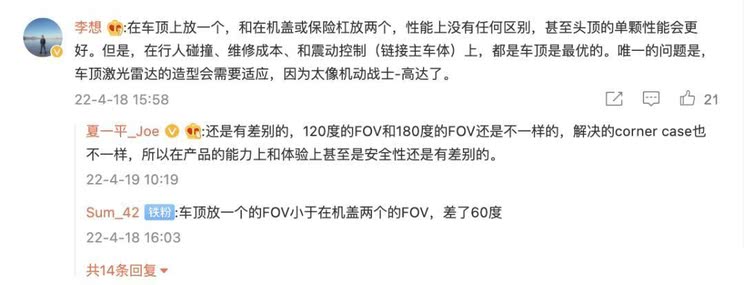
Up to now, smart car brands including Tucki, Weilai, Ideality and Zhiji have released mass-produced models equipped with lidar. The head of the Great Wall’s new energy salon mecha even shouted out, "How many lidar do you have? Below 4, please don’t talk. "
When many car companies discussed carrying several laser radars, Tesla even eliminated all radar technologies, which means that Tesla’s models will only rely on a visual system consisting of eight cameras to activate autonomous driving. This is incredible to other car companies.
The reason why Tesla loves the vision scheme is that besides a powerful pure vision ranging method to replace millimeter-wave radar, the cost problem is a key consideration for Tesla to build a car. It is reported that the average cost of a single camera currently used by Tesla is around 150 yuan, and the minimum cost of a laser radar sought after by new domestic forces is about 200 dollars.

Despite this, an autonomous driving practitioner told car home, "In theory, it may be possible to collect data only by camera, but there are many unknowns that cannot be avoided. If you want to be 100% confident that the judgment of the system is correct, it is best to integrate other sensors to assist, such as lidar."
Previously, Su Qing, the former head of Huawei’s autonomous driving business, publicly stated that "the data quality and dimension of Tesla’s pure visual perception scheme may not be enough, and the room for improvement of matching systems and algorithms will be limited."
In order to make autonomous driving safer, most domestic new brands are based on the way of vision+multi-sensor+high-precision map. They are advanced in hardware configuration, and look more secure because the hardware redundancy is stronger than Tesla FSD.
Judging from the car configuration planned or launched in 2022, there are three car companies that are equipped with 1-2 lidar. (|) There are four millimeter-wave radars and two laser radars more than Tesla Model 3.

With the increase of sensors, a large amount of image data needs to be processed. Take Weilai as an example, NAD system is equipped with many camera sensors, which can generate up to 8GB of image data per second. Due to the high degree of openness in NVIDIA, the new cars of New Power are equipped with the latest chip Orin, and the computing power has been greatly improved on the original basis. The computing power of Tucki G9 has been increased from 30TOPS in Tucki P5 to 508TOPS;; Weilai ET7/ET5 has the highest computing power, reaching 1016TOPS;; The ideal X01 is relatively low, at 254TOPS.
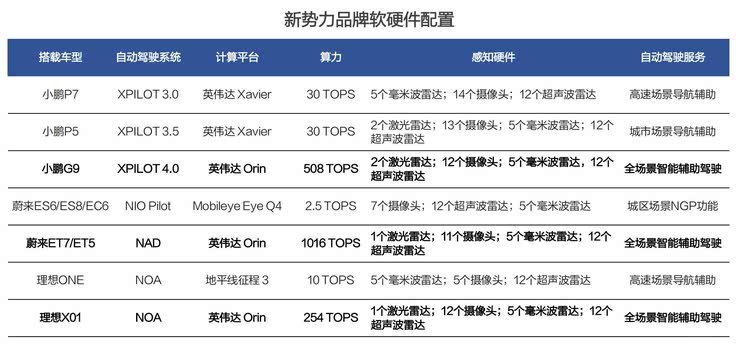
(Source: 2022 China Smart Car Consumption Trend Insight Report)
The head of Baidu’s autonomous driving R&D department said that the road environment in Beijing is more than 15 times more complex than that in California, and Beijing is only a microcosm of the complex road environment in China. If it comes to Chongqing in 3D, it will be another kind of "complexity".
Faced with these complicated road conditions, China’s new car-making forces really need to spend a lot of time to overcome them, and need the cooperation of multiple sensors to achieve more redundancy. "When Tesla is faced with these objects or situations that it doesn’t know, and there is no radar sensor, what will it do?"

Of course, the advantages and disadvantages of autonomous driving are not only based on simple hardware, but also on continuous optimization and iteration of perception algorithm, planning algorithm and control algorithm by car companies.
Recently, Woven Planet, an autonomous driving subsidiary of Toyota Motor Corporation, also announced that it will explore a vision-based autonomous driving scheme. Michael Benisch, vice president of Woven Planet, believes that with the development of technology, camera-based autonomous driving technology may surpass some autonomous driving technologies using sensors such as lidar and millimeter-wave radar. He also stressed that "at present, we can’t judge how long it will take to achieve this."
■Tesla FSD: The United States is easy to use, but China may not.
Tesla FSD test version has been open for testing in small batches for a long time, and now the iteration speed is gradually accelerating. In the first quarter of 2022, Tesla FSD updated seven versions, and the current trial users are about 100,000. Tesla expects to push the FSD Beta version to all users in the United States on a large scale this year.
However, even if FSD works well in the United States, it may not work well in China. In stark contrast to Tesla’s hot sales, there are very few people interested in FSD, the core technology pushed by Tesla. According to statistics, the FSD option rate is declining year by year, with only 11% car owners in the world buying it, while in China, the purchase rate of Tesla FSD in China is only 1%-2%.

The low option rate of FSD is largely due to the fact that it is still in the concept of futures. What can users get if they spend 64,000 yuan?
1. High-speed navigation function NOA(Navigate on Autopilot): Based on the basic function of ACC+LCC, it automatically enters and leaves the expressway ramp or overpass fork, overtaking slow-moving vehicles; Automatically assist lane change on expressway. At present, there are Weilai NOP and Tucki NGP competing with Tesla NOA.
Second, fully automatic driving (FSD) that may be realized in the future. Since 2020, Musk has promised to achieve full automatic driving in public more than once, but it has not been realized.
Whether the existing NOA is easy to use or not affects the expectation of FSD. According to the analysis of car home iV-RATING smart car evaluation system, Tesla, the benchmark of self-driving in the traditional impression, lost to China brand, ranking only eighth.
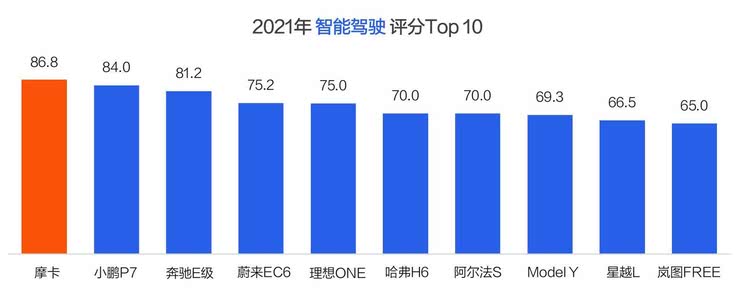
(Source: 2022 China Smart Car Consumption Trend Insight Report)
Although Model Y scored the highest in the high-speed scene, when the speed was greatly increased, the automatic lane change function had low misjudgment rate, simple logic and accurate execution, but it was not seen in the top five in the city scene, parking scene and emergency scene.
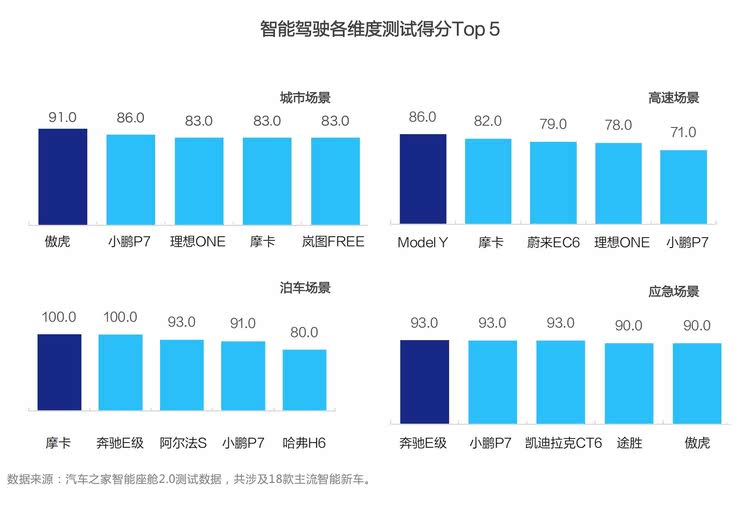
(Source: 2022 China Smart Car Consumption Trend Insight Report)
In the domestic market, Xpeng Motors is recognized as a car company with fast autonomous driving layout, and it is developing NGP functions that can be applied to urban roads. This function can realize road identification, automatic overtaking and lane change, speed limit adjustment, automatic on-ramp entry and exit, vehicle taking-over reminder and so on.
He Xiaopeng introduced that the urban NGP function will be launched in the first batch of cities at the end of the second quarter of 2022 after being approved by the relevant authorities. He said that the test results of urban NGP carried by Tucki P5 showed that the number of takeovers per 100 kilometers was close to that of high-speed NGP.
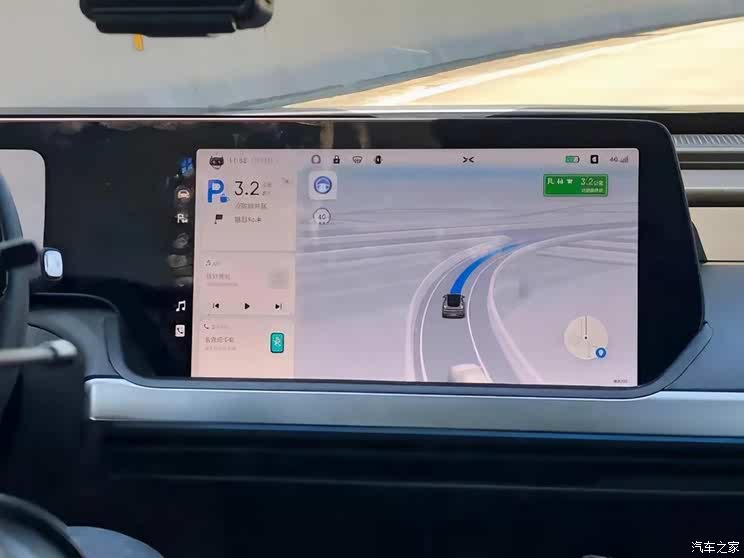
Consistent with the planning rhythm of Tucki’s NGP function landing, there is also a little wisdom. In November 2021, the Great Wall Weipai Mocha NOH Smart Pilot Edition was officially launched at the Guangzhou Auto Show. This is the first mass-produced passenger car equipped with the NOH Pilot Assistant Driving System.
According to the plan, Haomo Zhizhi will deliver the city NOH in the first half of 2022, and it is planned to deliver the whole scene NOH in the second half of 2022. In the whole scene, the goal of Mimo Zhixing is faster than that of Xpeng Motors by half a year.
Taking the lead in launching pilot-assisted driving in urban scenes is also the confidence of domestic car companies to challenge Tesla. There is no clear timetable for the large-scale promotion of Tesla FSD in the United States, and it seems even more distant when it can be realized in China.
Because Tesla has no R&D team in China to localize autonomous driving, FSD needs much more localization work than NOA.
"Tesla is the core intelligent driving at present, and we may be latecomers in this respect, but China’s traffic and driving habits are completely different from those of the United States. We must have a deeper understanding of China’s traffic than them, which is the space for us to play," Tamia Liu told car home in an interview. "On the other hand, there are policy requirements, such as high-precision maps. Relatively speaking, the fast and high-precision maps of highways and cities, China electric vehicle companies will take some advantages over Tesla, and there are some dividends in policies and regulations. "
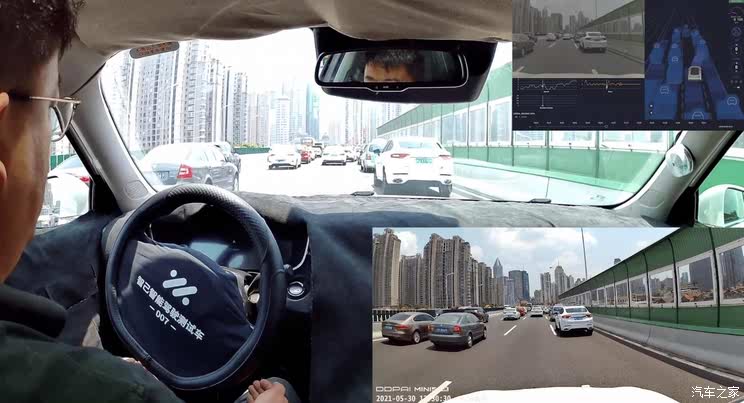
Starting from users’ habits and the design of special local scenes, China car companies know more about the road conditions in China. Local enterprises can use China’s complex scenes to train algorithms, so that users will feel that the system is smart and more like a human driver when using it.
■Are Tesla trapped in the "tightening spell" of data collection?
Considering the sensitivity of data, in 2021, Tesla announced that it had established a data center in China and desensitized it. All data generated by vehicles sold in Chinese mainland market will be stored in China.
But today, there are still many scenes where Tesla private cars are explicitly asked not to enter.
In terms of localization of autonomous driving, it may not only be a "loss" of Tesla, but also a problem that traditional overseas car companies will face.
For example, the general ability of autonomous driving technology is in the first echelon. As early as 2017, the universal SuperCruise system realized the free driving of expressways in the United States, and it was the first batch of enterprises that could realize the L2-level automatic driving. In terms of L4 autonomous driving, GM also acquired Cruise, a well-known autonomous driving startup, which has always been regarded as the autonomous driving company second only to Waymo in the field of autonomous driving in the United States.
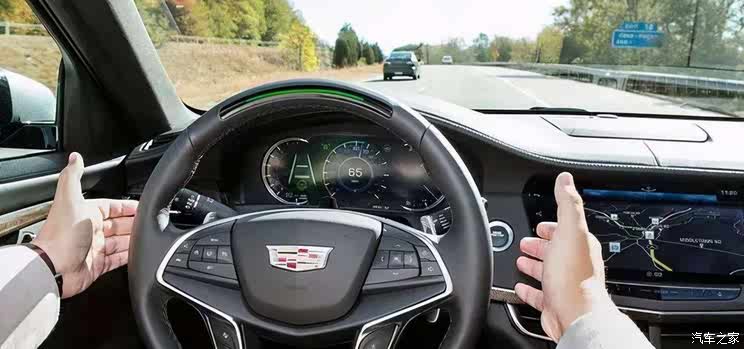
However, in areas without high-precision maps, SuperCruise can’t play a good role in China. In order to make autonomous driving better in China market, in 2021, General Motors announced that it would invest $300 million in Momenta, a domestic autonomous driving startup.
Coincidentally, in China, Toyota also invested in self-driving startups Xiaoma Zhixing and Momenta;; Earlier this year, overseas media also reported that Volkswagen would cooperate with Huawei to build a smart driving company.
According to the German "Manager Magazine" report, a staff member of Cariad, a popular software department, said, "We need a system different from that of the United States and Europe, otherwise, the risk of the Group falling into a Sino-US trade dispute is too great-China may not allow vehicles to enter its market."
Not only that, the significance of localization research and development in the era of autonomous driving is far from that in the era of traditional fuel vehicles. Overseas car companies not only have in-depth cooperation with domestic auto-driving solution suppliers, but also increase the proportion of localized R&D in China.
CARIAD software department of Volkswagen Group will set up a branch in China to provide support for the functions and capabilities of advanced intelligent interconnection and advanced intelligent driving assistance system in the future; GM’s China Forward-looking Design Center and Forward-looking Technology Research Center in Shanghai are expanding rapidly, and the number of software engineers and designers will double, speeding up the development and application of general autonomous driving technology in China.
These car companies take the initiative to localize intelligent driving systems and solutions, which can be regarded as a rainy day for development in China.
China car companies rely on high-precision maps, and the effect of high-order autopilot in urban scenes at this stage may be better than that of Tesla FSD, but it is not absolute.
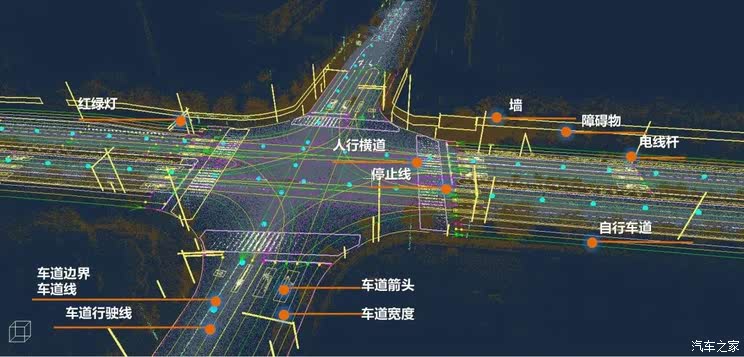
If the car travels to a place without high-precision map coverage, the system including Tucki NGP will quit voluntarily. If it travels to some roads under construction, the map has not been updated in time, and the system cannot be realized.
On the contrary, this time can better reflect the universality of Tesla FSD. The data shows that Tesla has traveled 4.8 billion kilometers after activating Autopilot, which is equivalent to running 120,000 laps around the earth. Have other car companies accumulated so much data? Tesla’s vision scheme can adapt to the changing environment and complete intelligent driving through autonomous learning.
"In the era of intelligence, all car companies are learning Tesla, and the era is his opening. There is no doubt about this. Only in local research and development, involving data security and homeland security, the effect of Tesla FSD is not as good as that of local enterprises, such as traffic signs and ghost probe scenes with complex road conditions. " An autonomous driving practitioner told car home frankly.
In the short term, autonomous driving depends on local conditions, and China car companies can "overtake Tesla FSD in corners" by radar and high-precision maps, but in the long term, they can’t sit back and relax. After all, more and more news indicates that Tesla’s new generation FSD is coming soon.
It is reported that the current generation of Tesla FSD(HW3.0), the image sensor is AR0136AT of Anson, with only 1.23 million pixels. In the new generation of FSD(HW4.0), the image sensor became Sony’s IMX490, and the number of pixels increased to 5.43 million. It is expected to be the first to be carried on Cybertruck, which is constantly delaying mass production.
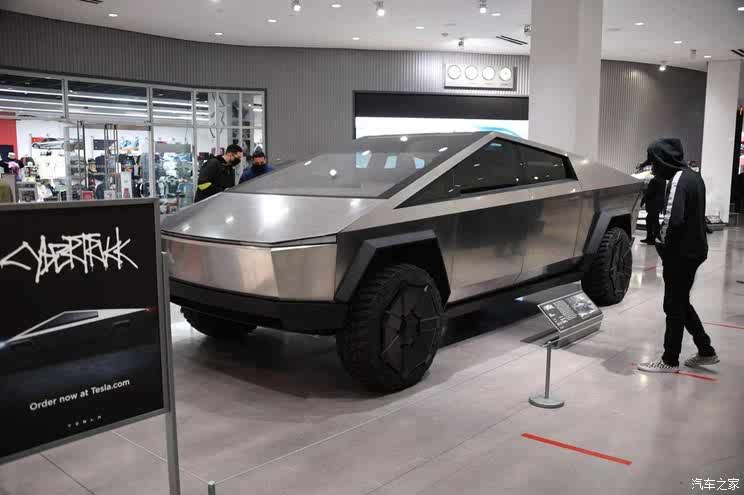
This means that every time the pixel is doubled, the computing power will be increased by three times, and the computing power of FSD chip may be broken by 1000Tops. You know, at present, apart from Tesla, no car company can develop its own AI chip, which is also 1000Tops, and the effect is completely different. Musk once said that running Tesla computer vision software on NVIDIA hardware can process about 200 frames per second, but Tesla’s specially designed chip can achieve 2000 frames per second.
Tesla, the wolf, is growing rapidly. By then, will China’s vision+radar+high-precision map scheme be the best, or will Tesla, which adheres to the "first principle", be the best? (Text/car home Peng Fei Chen Can)
(For more data and analysis, please refer to the full text of 2022 China Smart Car Development Trend Insight Report).